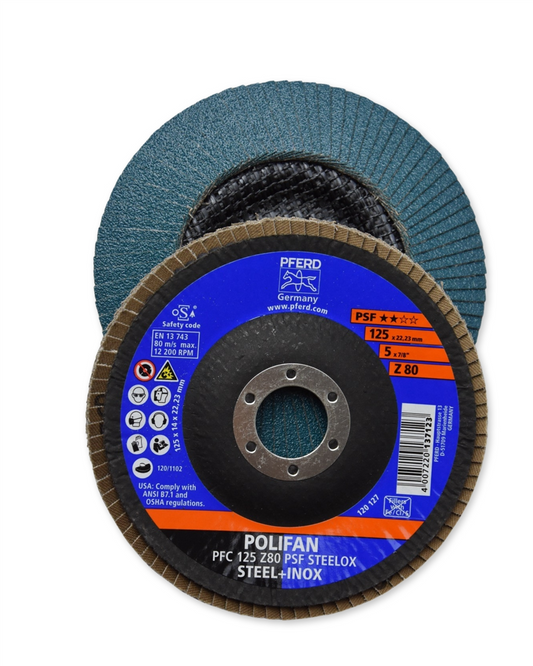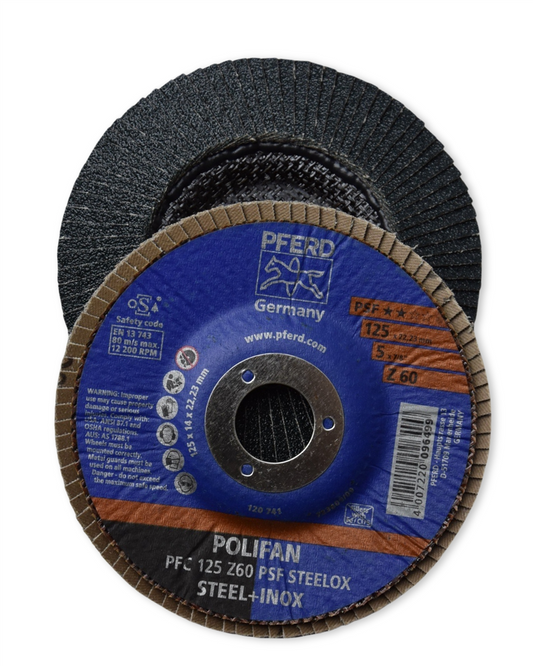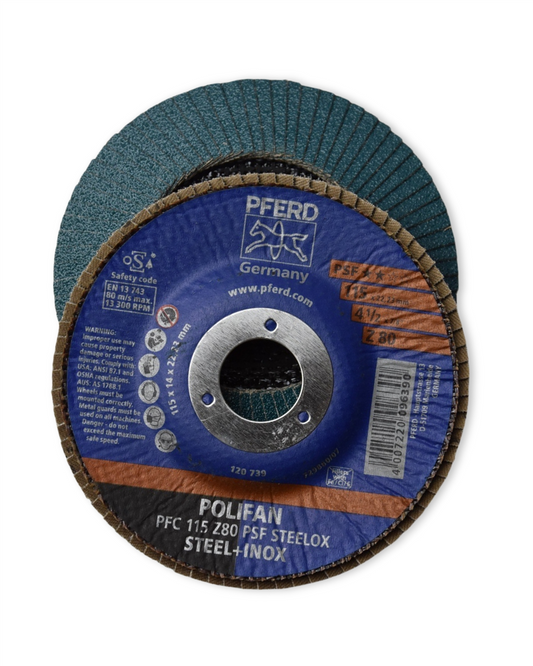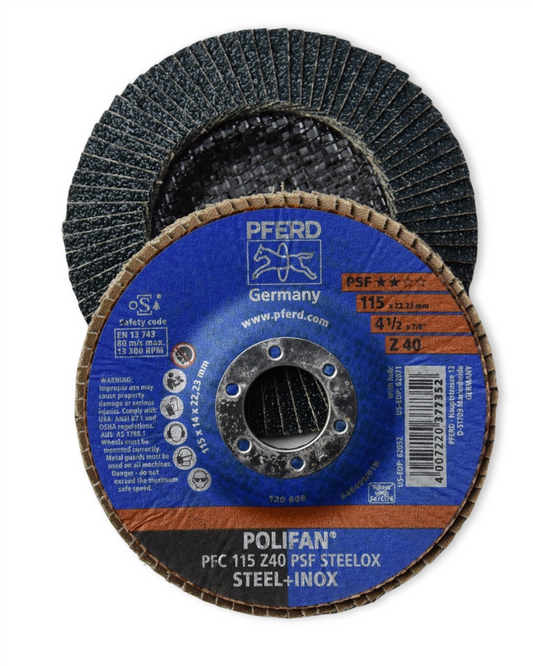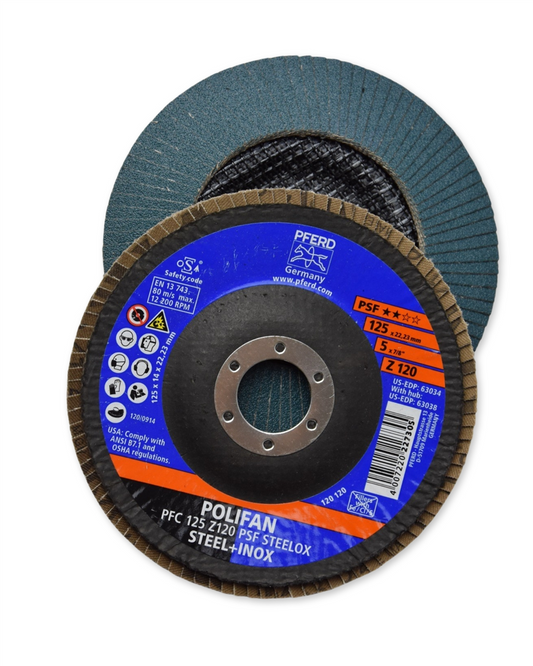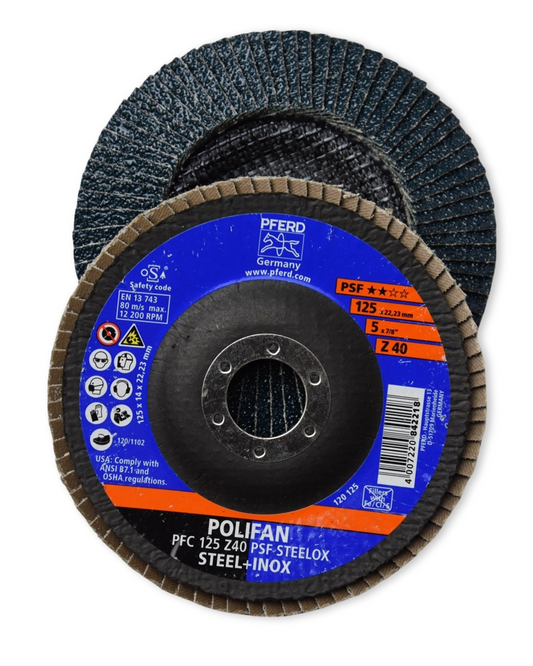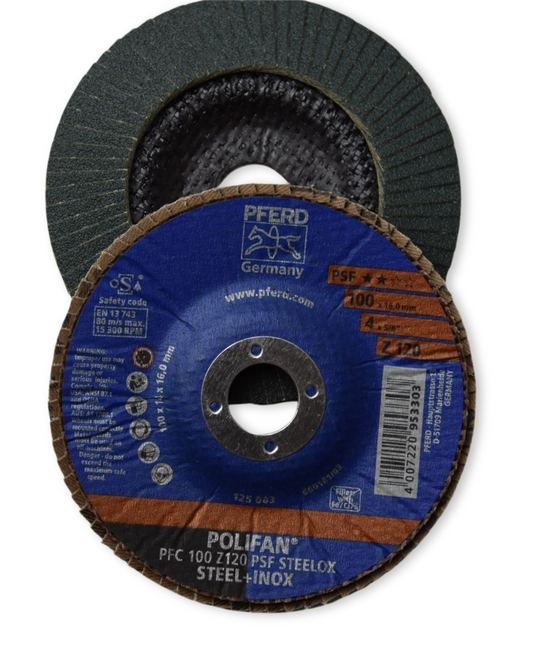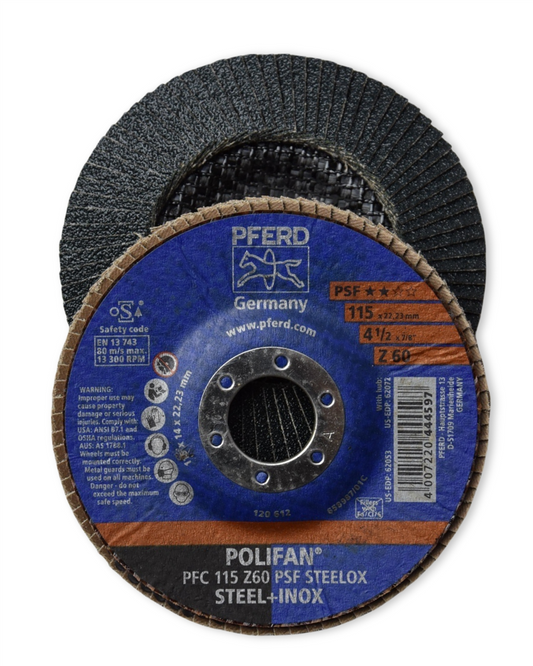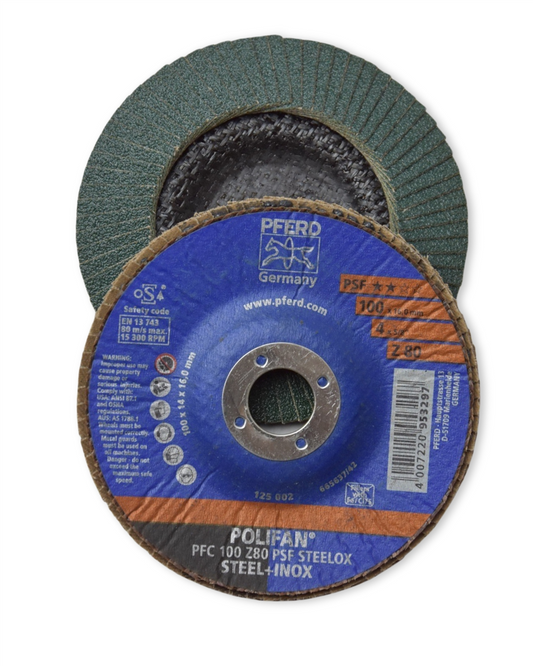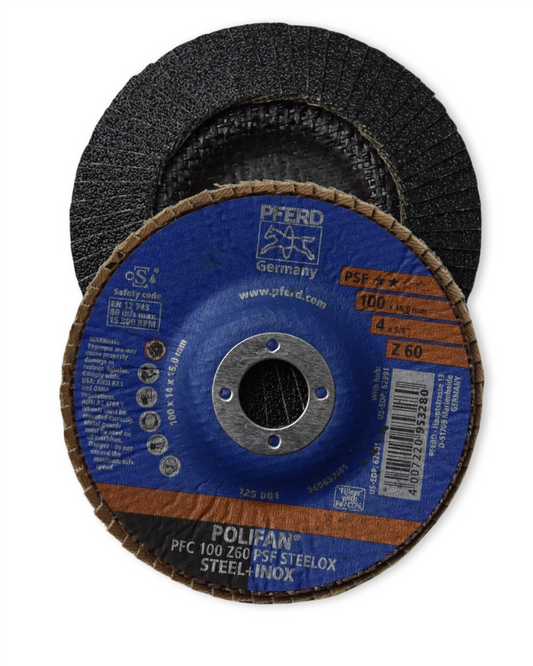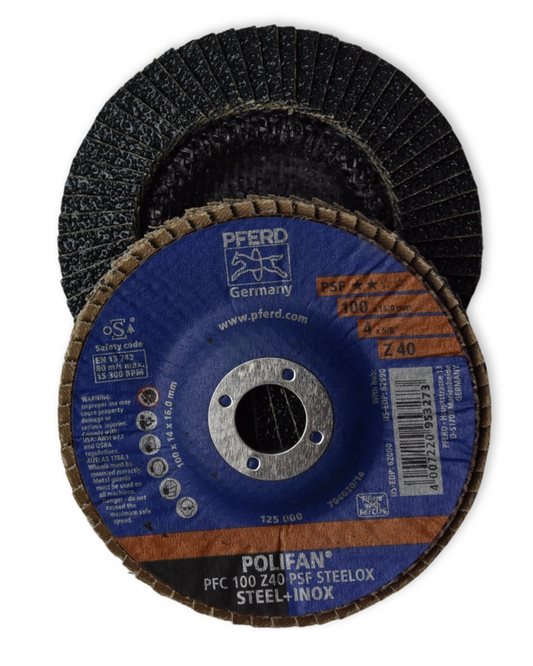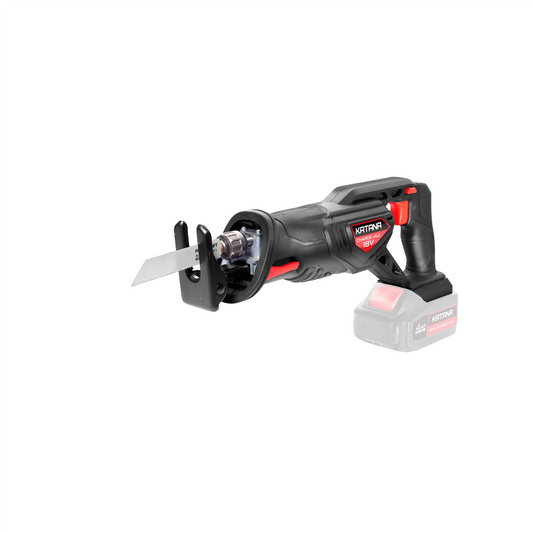Pump maintenance made simple keeping your rural water flowing
Share
Simple Pump Maintenance Tips to Keep Your Rural Water Flowing
There’s nothing like the panic that sets in when you turn on the tap and… nothing. Not even a trickle. If you rely on a pump for your water, you know how critical it is to keep things running smoothly. A well-maintained pump is the quiet hero behind every shower, every cup of tea, and every thriving veggie patch.
Whether you're pulling from a rainwater tank, bore, or dam, keeping that pump in top shape saves you time, money, and a whole lot of frustration. Here’s how to stay ahead of breakdowns and keep water flowing where and when you need it.
Start with Regular Inspections
It doesn’t take much time, but a simple walkaround every few weeks can save you from expensive repairs later. Look for signs of wear, leaks, or corrosion. If you see water pooling around the base or hear an odd noise, investigate before it turns into a major headache.
Check and Clean Filters
Blocked filters are troublemakers. They strain the pump, lower water pressure, and can even cause overheating. Check them regularly and give them a clean if they look clogged with dirt or debris. If your pump has a strainer basket, make it part of your routine to empty and wash it.
Monitor for Air Leaks
If your pump is struggling to prime or you’re getting inconsistent pressure, you might have an air leak in a pipe or seal. Even the smallest crack can cause the pump to lose suction. Check your fittings and seals, and if you suspect a leak, a little soapy water can help pinpoint the culprit—watch for bubbles forming.
Protect from the Elements
Pumps that sit exposed to extreme weather can wear out faster. Direct sun, frost, and heavy rain all take their toll. A simple pump cover or housing provides protection while still allowing air circulation to prevent overheating. Just make sure it's not fully enclosed—you don’t want moisture building up inside.
Keep an Ear Out for Strange Noises
A change in sound is often the first sign of a problem. A pump that suddenly gets louder, starts rattling, or makes a high-pitched squeal might have a worn bearing, loose connection, or internal damage. Catching it early can mean a quick fix rather than a full replacement.
Ensure Electrical Components Are Secure
Pumps and power don’t mix well if connections are exposed to moisture. Check that wiring is secure, free from corrosion, and safely enclosed. If your pump trips a breaker regularly, don’t ignore it—it’s often a sign of an electrical issue that needs attention.
Flush the System Occasionally
If your water supply has sediment or minerals, your pump can gradually clog up. Running clean water through the system occasionally helps remove buildup. Some setups benefit from a periodic flush with mild vinegar to break down deposits.
Plan for Backup
No one likes thinking about their pump failing, but having a backup plan makes life easier when it does. A spare pump, manual override, or secondary water source can prevent an emergency from becoming a crisis. If you rely on a single pump for household and livestock water, a contingency plan is a smart move.
A Smooth-Running Pump Means Less Stress
A little attention goes a long way. Regular maintenance means fewer surprises and more confidence that your water will be flowing when you need it. Whether you're tweaking a filter, checking for leaks, or just listening for unusual sounds, these simple steps help avoid costly breakdowns.
If you need quality replacement parts, or just some good old-fashioned advice, pop into Strathalbyn H Hardware. We’ve got the gear, the knowledge, and the friendly faces to keep your rural property running like a dream.
Happy pumping!
Candeece

Stay Connected
Follow our Facebook Page: Strathalbyn H Hardware on Facebook

